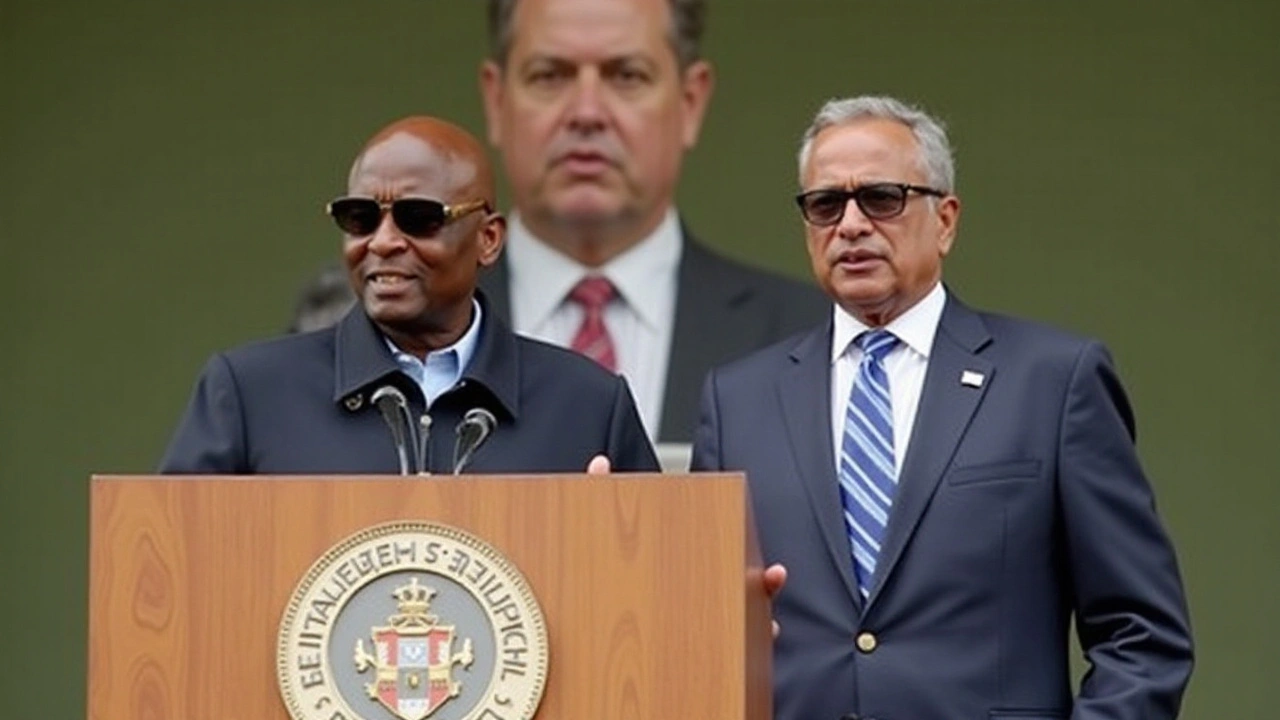Presidential Term: The Basics You Need to Know
When you hear the phrase “presidential term,” you’re really talking about how long a president gets to stay in office before another election rolls around. It’s not just a number on paper – it shapes policies, affects stability and decides when voters get a fresh voice.
How Long Is a Presidential Term?
African nations don’t all follow the same rulebook. In Nigeria, a term is four years with a maximum of two terms, meaning an eight‑year ceiling if the president wins re‑election. South Africa uses a five‑year cycle and also limits leaders to two terms. Some countries, like Egypt, have longer periods – six years per term – but still enforce a two‑term limit.
These lengths matter because they dictate how much time a leader has to push through big projects. A four‑year stretch may feel rushed for infrastructure plans that need five or ten years to finish. That’s why you’ll often see presidents focus on quick wins early in their first term.
Why Terms Matter for Citizens
Term limits are a safeguard against power staying too long in one set of hands. When leaders know they have a finite window, they’re more likely to keep promises and less prone to become entrenched. For voters, clear term rules mean you can plan when to hold officials accountable.
Look at Ghana’s recent elections: the two‑term limit forced an incumbent out, opening space for new ideas and fresh faces in parliament. In contrast, countries without strict limits sometimes see leaders stretch their stay by amending constitutions – a move that can spark protests, as we saw in Burundi.
Understanding the length of a presidential term also helps you follow policy cycles. Budget plans, education reforms, health initiatives – most are rolled out over the course of a term. If you’re tracking a new road project, knowing when the current president’s term ends tells you whether to expect continuity or a possible shift under the next leader.
Finally, term dates shape election calendars. Media coverage peaks in the months leading up to voting day, and campaigns ramp up as the deadline nears. Being aware of these timelines lets you stay informed and decide when to get involved – whether that means volunteering for a campaign or simply hitting the polls.
In short, a presidential term isn’t just a bureaucratic detail; it’s a core part of how democracy works on the continent. Whether you’re a student, business owner or casual news reader, knowing the length and limits of terms helps you make sense of political headlines and anticipate what’s coming next.

Paul Kagame's Fourth Presidential Term: Assessing His Legacy Amidst Economic Progress and Political Challenges
Aug 13, 2024 / 15 Comments
As Rwanda anticipates Paul Kagame’s fourth presidential term, the country reflects on his legacy marked by significant economic progress, infrastructural development, and political controversies. Despite undeniable advances, criticisms about political repression and media freedom loom over his leadership. The upcoming election becomes a pivotal moment for Rwanda's future direction.
READ MORERECENT POSTS
- Spice Up Your Heritage Day Braai with Sheba Sauce
- Germany vs Scotland: Confirmed Lineups and Predicted XIs for Euro 2024 Opener in Allianz Arena
- Victor Wembanyama Shines at Paris 2024: The Rising Star of International Basketball
- Scotland's Dramatic 1-0 Victory Over Croatia in UEFA Nations League: What It Means for Their Future
- Fulham vs Brentford: Where to Watch Live Premier League Showdown
